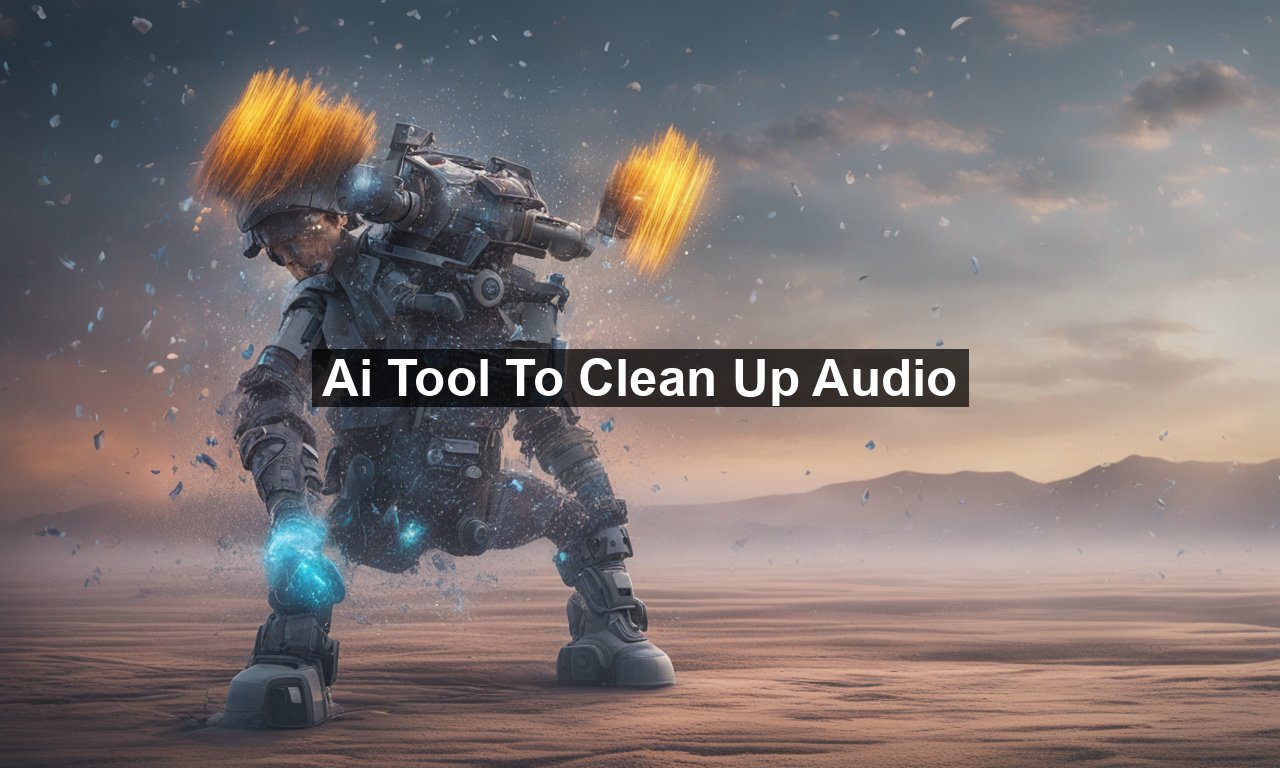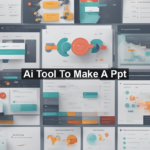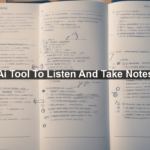Imagine this: You’re listening to an old family recording or a critical podcast episode, but you find it nearly impossible to focus because of the annoying background noise, echoes, or uneven audio levels. We’ve all been there. Thankfully, AI tools are spearheading a revolution in audio cleanup, making it easier than ever to achieve crystal clear sound quality. Let’s dive into how these AI tools work, why they matter, and how you can make the most out of them.
## What are AI Audio Cleanup Tools?
AI audio cleanup tools are advanced software applications powered by artificial intelligence and machine learning algorithms designed to enhance audio quality by removing unwanted elements. They can:
– Reduce background noise
– Eliminate echoes
– Balance audio levels
– Remove hisses and hums
### How Do AI Tools Clean Up Audio?
AI tools utilize sophisticated algorithms to analyze and process audio signals. Here’s a simplified breakdown of the process:
1. **Noise Profile Identification**: The AI analyzes the audio to identify patterns and signatures of unwanted noise.
2. **Signal Separation**: It separates the necessary audio signals (like voices) from the unwanted noise.
3. **Noise Reduction**: Using machine learning models, it filters out the unwanted noise, enhancing the desired audio.
4. **Audio Reconstruction**: Finally, the AI reconstructs the cleaned audio for a seamless listening experience.
## Why Does It Matter?
### **Professionalism**
Clean audio is crucial for professional settings, be it in podcasts, webinars, or videos. Poor audio quality can detract from your message and make your content less engaging. High-quality audio signals that you care about your content and your audience.
### **Accessibility**
Better audio quality means it’s easier for everyone to understand, including those with hearing impairments. AI tools ensure your audio is clear, concise, and accessible to a broader audience.
### **Time-saving**
Manual audio editing can be time-consuming and often requires a steep learning curve. AI tools simplify the process, allowing creators to focus more on content creation and less on technical editing.
## Popular AI Tools You Should Know About
While there are numerous options out there, here are a few noteworthy AI audio cleanup tools making waves:
### **Adobe Audition**
A part of the Adobe Creative Cloud, Adobe Audition uses AI to clean up and enhance audio. Its Auto-Ducking and DeReverb features are particularly popular among professionals.
### **iZotope RX**
Known for its advanced spectral editing capabilities, iZotope RX employs machine learning models to deliver top-notch audio quality. From eliminating hums to reducing reverb, it’s a go-to for many audio engineers.
### **Auphonic**
Auphonic is another powerful tool that automates audio post-production. It uses AI to normalize levels, reduce noise, and encode files, making it ideal for podcasters and content creators.
## How to Use AI Tools Effectively
To get the most out of these tools, it’s essential to understand their capabilities and limitations. Here are a few tips:
### **Know Your Needs**
Different tools offer different features. Identifying what you need—whether it’s noise reduction or audio level balancing—will help you choose the right tool for your project.
### **Learn the Basics**
Understanding basic audio terminology and principles can help you make better use of these tools. Terms like *noise floor*, *frequency*, and *dynamic range* are good starting points.
### **Experiment and Iterate**
Don’t be afraid to experiment with different settings and features. The beauty of AI tools lies in their flexibility and adaptability. Fine-tuning settings to match your specific needs can yield excellent results.
### **Stay Updated**
AI technology is continually evolving, with new updates and features being rolled out regularly. Staying updated with the latest versions of your chosen tool can give you access to improved functionalities and better results.
## Real-World Applications
From personal projects to professional productions, AI tools for audio cleanup have a wide range of applications:
### **Podcasting**
Podcasters can significantly benefit from AI tools to ensure their audio is clear and free from distractions, making episodes more enjoyable for listeners.
### **Video Production**
Whether it’s YouTube videos, corporate training modules, or promotional content, clean audio can elevate the overall production quality and professionalism.
### **Music Production**
For musicians and producers, these tools help in refining recordings by removing unwanted sounds and ensuring the audio quality is optimal before release.
## Challenges and Future Trends
AI tools are fantastic, but they aren’t without limitations. They may struggle with extremely poor-quality audio or very complex noise profiles. However, the future looks promising as AI technology continues to advance.
### **Continuous Learning Algorithms**
As algorithms become more sophisticated, their ability to handle complex audio scenarios will improve. These AI models are designed to learn from their mistakes, constantly upgrading their proficiency.
### **Integration with Other Tools**
Future trends indicate a higher level of integration between AI audio tools and other multimedia applications. This could mean seamless workflows between audio, video, and even graphic editing tools.
## Conclusion
AI tools for audio cleanup are transforming how we manage and produce audio content. They save time, ensure clarity, and enhance accessibility, making them invaluable for both amateur creators and seasoned professionals. Embrace the power of AI and take your audio quality to the next level.
For more in-depth information, you can check out this comprehensive guide on audio-editing software or this detailed article on free audio editing tools.











